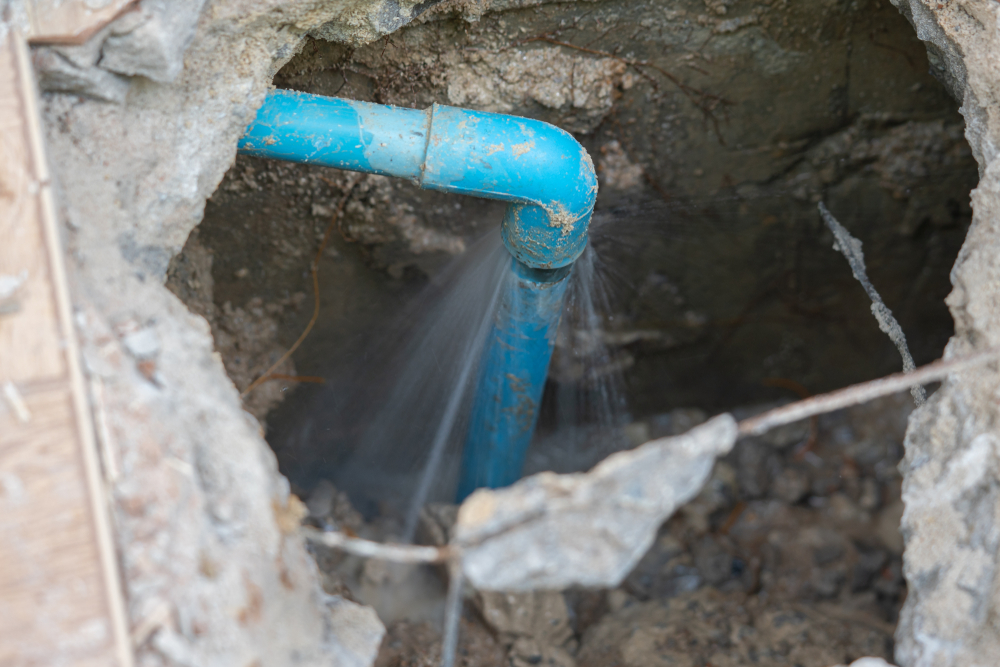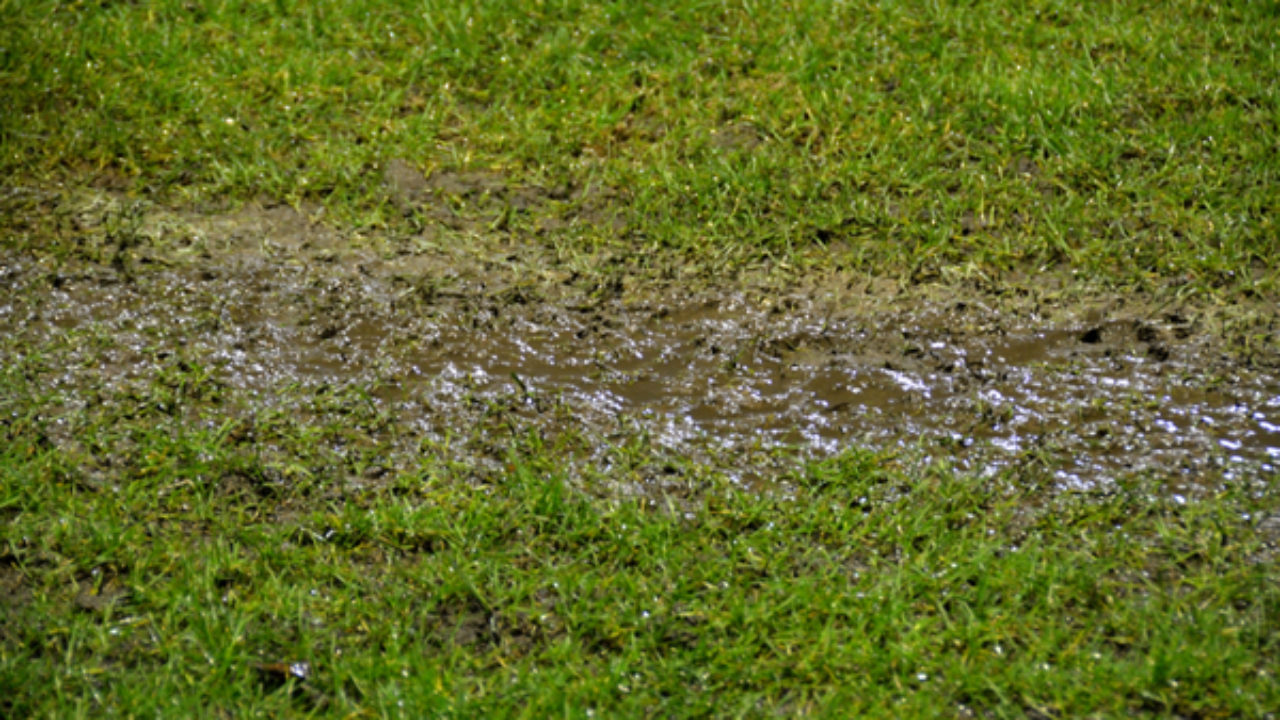Just how to Examine If Your House Has a Concealed Leak
Just how to Examine If Your House Has a Concealed Leak
Blog Article
How do you actually feel when it comes to Detecting hidden plumbing leaks?

Early detection of dripping water lines can alleviate a potential catastrophe. Some little water leaks might not be noticeable.
1. Analyze the Water Meter
Every house has a water meter. Examining it is a guaranteed way that assists you find leaks. For beginners, shut off all the water resources. Guarantee no person will flush, make use of the faucet, shower, run the cleaning machine or dish washer. From there, go to the meter as well as watch if it will certainly change. Considering that no one is using it, there must be no activities. If it moves, that shows a fast-moving leak. Also, if you find no changes, wait a hr or two as well as examine back again. This means you may have a sluggish leakage that can even be underground.
2. Check Water Consumption
If you identify abrupt modifications, in spite of your intake being the same, it means that you have leaks in your plumbing system. An unexpected spike in your expense suggests a fast-moving leak.
A steady rise every month, even with the same behaviors, reveals you have a sluggish leak that's additionally gradually intensifying. Call a plumber to thoroughly check your residential property, specifically if you feel a warm area on your floor with piping below.
3. Do a Food Coloring Examination
When it comes to water intake, 30% comes from toilets. If the color in some way infiltrates your bowl throughout that time without flushing, there's a leak in between the storage tank and bowl.
4. Asses Exterior Lines
Don't neglect to inspect your exterior water lines as well. Test spigots by affixing a garden tube. Needs to water leak out of the link, you have a loose rubber gasket. Change this and make sure all links are tight. If you've obtained a lawn sprinkler, it will assist get it properly took a look at and maintained each year. One small leakage can lose tons of water as well as increase your water bill.
5. Evaluate and also Analyze the Circumstance
Homeowners need to make it a habit to examine under the sink counters as well as also inside closets for any bad odor or mold and mildew growth. These two red flags suggest a leakage so punctual attention is called for. Doing routine examinations, also bi-annually, can conserve you from a major trouble.
If you know your residence is currently old, keep a careful eye on your heating units, tubes, pipelines and so on. Check for stainings and also weakening as many pipes and also home appliances have a life expectancy. They will certainly likewise normally degrade as a result of damage. If you believe dripping water lines in your plumbing system, do not await it to escalate. Call a professional plumber immediately so you do not end up with an awful mess in your home.
Early discovery of dripping water lines can minimize a possible disaster. Some little water leaks may not be noticeable. Inspecting it is a proven means that assists you discover leaks. One tiny leak can squander loads of water and surge your water expense.
If you think leaking water lines in your plumbing system, do not wait for it to escalate.
WARNING SIGNS OF WATER LEAKAGE BEHIND THE WALL
PERSISTENT MUSTY ODORS
As water slowly drips from a leaky pipe inside the wall, flooring and sheetrock stay damp and develop an odor similar to wet cardboard. It generates a musty smell that can help you find hidden leaks.
MOLD IN UNUSUAL AREAS
Mold usually grows in wet areas like kitchens, baths and laundry rooms. If you spot the stuff on walls or baseboards in other rooms of the house, it’s a good indicator of undetected water leaks.
STAINS THAT GROW
When mold thrives around a leaky pipe, it sometimes takes hold on the inside surface of the affected wall. A growing stain on otherwise clean sheetrock is often your sign of a hidden plumbing problem.
PEELING OR BUBBLING WALLPAPER / PAINT
This clue is easy to miss in rooms that don’t get much use. When you see wallpaper separating along seams or paint bubbling or flaking off the wall, blame sheetrock that stays wet because of an undetected leak.
BUCKLED CEILINGS AND STAINED FLOORS
If ceilings or floors in bathrooms, kitchens or laundry areas develop structural problems, don’t rule out constant damp inside the walls. Wet sheetrock can affect adjacent framing, flooring and ceilings.
https://www.servicemasterbyzaba.com/blog/how-to-detect-water-leakage-in-walls/

Do you really like more info about Locating water leaks? Place a remark down the page. We'd be glad to see your opinions about this content. We hope that you visit us again in the future. Sharing is caring. Helping others is fun. Thank you for going through it.
Report this page